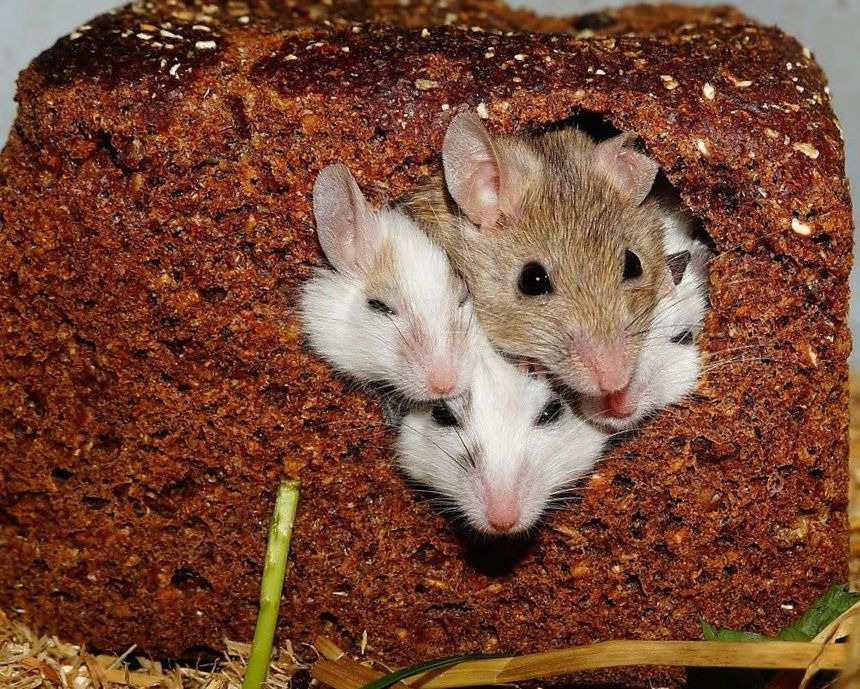- info@pestcontrolwildlife.com
Call us for help in your town
America's Wildlife Experts
About House Mice

Most homeowners have dealt with house mouse infestation at some point. Some people use them as fancy mice but not everyone. They feast on food and leave their droppings everywhere. Its maximum weight is about 45g; the tail length can be up to 10 cm while the body length can be up to 10 cm. These animals vary in color such as from light brown to dark brown. They have short hair with the tail and the ears having little hair.
The Biology of House Mouse
One thing about house mouse is that they have very poor eyesight but a perfect sense of smell and hearing. Weighing less than an ounce and having a length of about 3 inches, the small rodent pests travel through very small holes into a home. Their balance and speed is excellent as they travel via pheromone pathways.
The Life Cycle of a House Mouse
Once the pups are born, within the fourth day, they are fully developed. Since they are born with fur, it starts appearing on the 6th day while they open their eyes on the 13th day. When they reach 21 days of age, they start weaning. On the 8th week after birth, the males reach their sexual maturity while for the female, it happens on the 6th week. Their life span is very short since in the wild they live up to 5 months.
Habitat of the House Mouse
In most cases, besides the house mouse infesting in your home, they prefer being in grassy or wooded areas especially in farm fields. This is where they most feel comfortable. They love being need food source and in dark areas where they mostly build their nests.
Diet
Considering their size, house mice have small bellies. This has never prevented them from being foodies. They have a huge appetite and are known to eat about 18 times in a day. Although they are said to feed on just anything, they love nuts and seeds.
Behaviors of the House Mouse
Just like other animals, house mice have the way they behave. In cold temperatures, they look for warmer places and are said to sleep for about 12.5 hours a day. One common habit about these rodents is that if they are not eating, they are exploring their territory. A dominant male stays with several females and the young ones, and it is interesting that they feed on their own droppings. They do not have a very specific area they live in as long as it is warm and there is food.
House mice are small but very interesting. Even with their small bodies, they are known to have a huge appetite thus building their homes in area where they can find food with ease. Their bodies can also be compared to their life span since it is very short. Unless reared in a cage where it can live up to 2 years, they live for less than a year while in the wild.


















